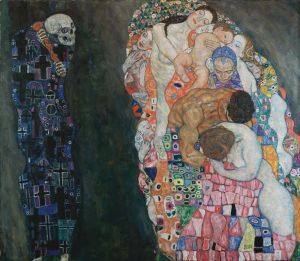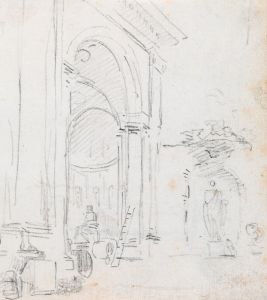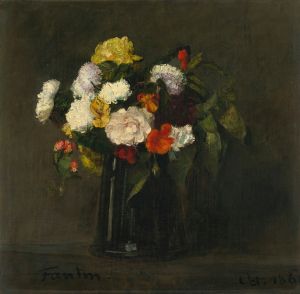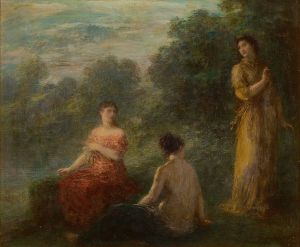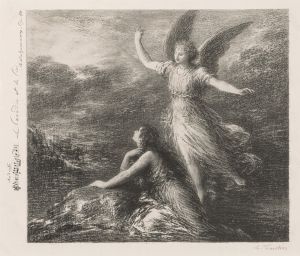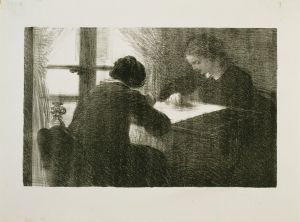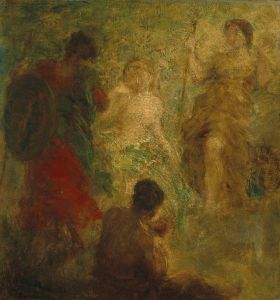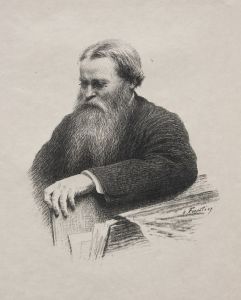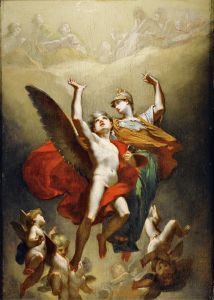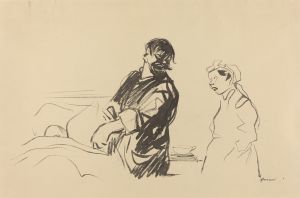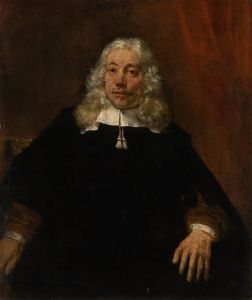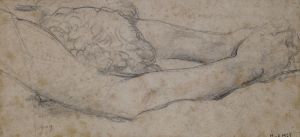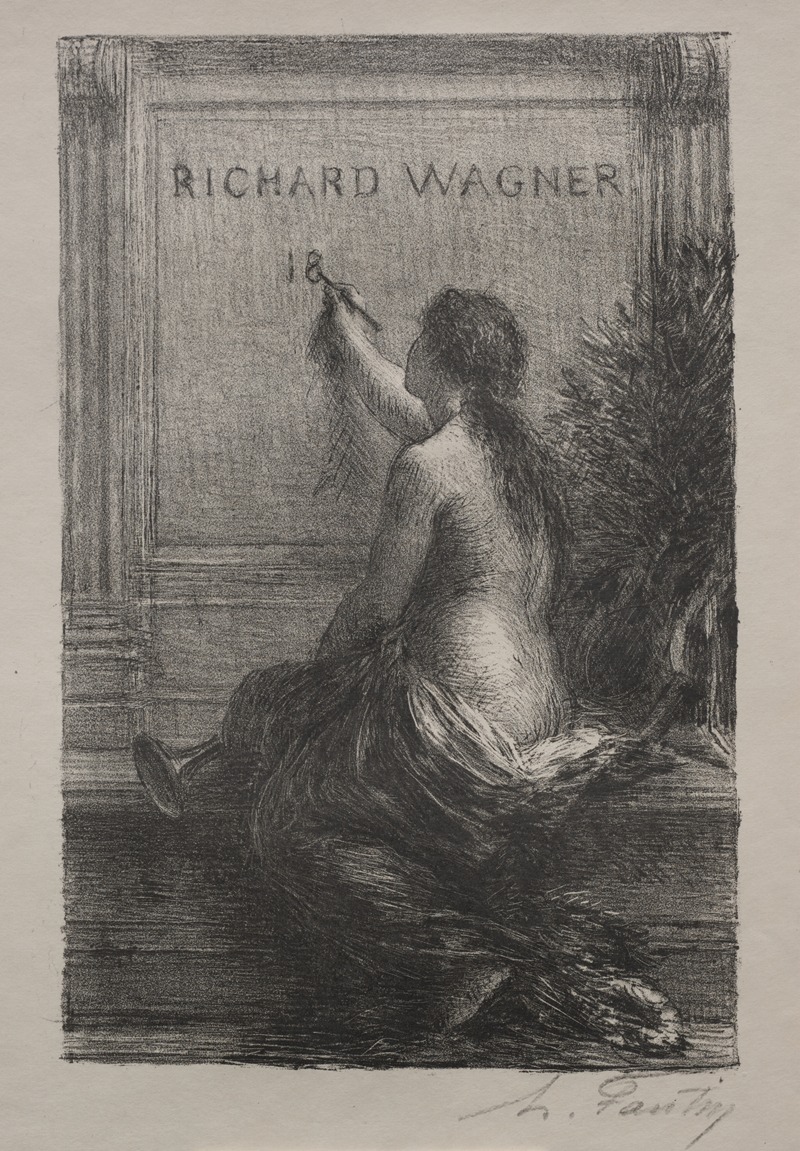
Immortality
A hand-painted replica of Henri Fantin-Latour’s masterpiece Immortality, meticulously crafted by professional artists to capture the true essence of the original. Each piece is created with museum-quality canvas and rare mineral pigments, carefully painted by experienced artists with delicate brushstrokes and rich, layered colors to perfectly recreate the texture of the original artwork. Unlike machine-printed reproductions, this hand-painted version brings the painting to life, infused with the artist’s emotions and skill in every stroke. Whether for personal collection or home decoration, it instantly elevates the artistic atmosphere of any space.
Henri Fantin-Latour was a French painter and lithographer renowned for his exquisite still lifes and group portraits of Parisian artists and writers. However, there is no widely recognized painting titled "Immortality" by Henri Fantin-Latour. It is possible that there might be some confusion with the title or the attribution of the artwork. Fantin-Latour's body of work primarily includes floral compositions, portraits, and imaginative lithographs inspired by music and literature.
Fantin-Latour was born on January 14, 1836, in Grenoble, France. He moved to Paris in 1850, where he studied at the École des Beaux-Arts and worked in the studio of Gustave Courbet. He became associated with several prominent artists of his time, including Édouard Manet, James McNeill Whistler, and the Impressionists, although he did not fully embrace the Impressionist style himself.
His still lifes, particularly those featuring flowers, are celebrated for their meticulous detail and subtle use of color. These works demonstrate his keen observation and technical skill, capturing the delicate textures and forms of petals and leaves with remarkable precision. Fantin-Latour's floral paintings were highly sought after during his lifetime and continue to be admired for their beauty and craftsmanship.
In addition to still lifes, Fantin-Latour is known for his group portraits, which often depicted his contemporaries in the art and literary worlds. One of his most famous works in this genre is "A Studio at Les Batignolles" (1870), which portrays Manet surrounded by fellow artists such as Renoir and Monet. These group portraits serve as valuable historical records of the vibrant cultural milieu of 19th-century Paris.
Fantin-Latour also explored themes of music and mythology in his lithographs, drawing inspiration from composers like Wagner, Berlioz, and Schumann. His imaginative compositions in this medium reflect his interest in the interplay between visual art and music, and they often feature ethereal and dreamlike qualities.
Despite his connections with the avant-garde artists of his time, Fantin-Latour maintained a more traditional approach to painting, focusing on realism and detail rather than the looser brushwork and vibrant colors characteristic of Impressionism. His work was well-received in both France and England, where he exhibited regularly at the Royal Academy.
Henri Fantin-Latour passed away on August 25, 1904, in Buré, Orne, France. His legacy endures through his exquisite still lifes and portraits, which continue to be celebrated for their technical mastery and timeless beauty. His works are held in major museums around the world, including the Musée d'Orsay in Paris and the National Gallery in London.
If there is a specific painting titled "Immortality" attributed to Fantin-Latour, it may not be widely documented or recognized in the existing literature on the artist. Further research into specialized art historical sources or exhibition catalogs may be necessary to uncover more information about such a work.





